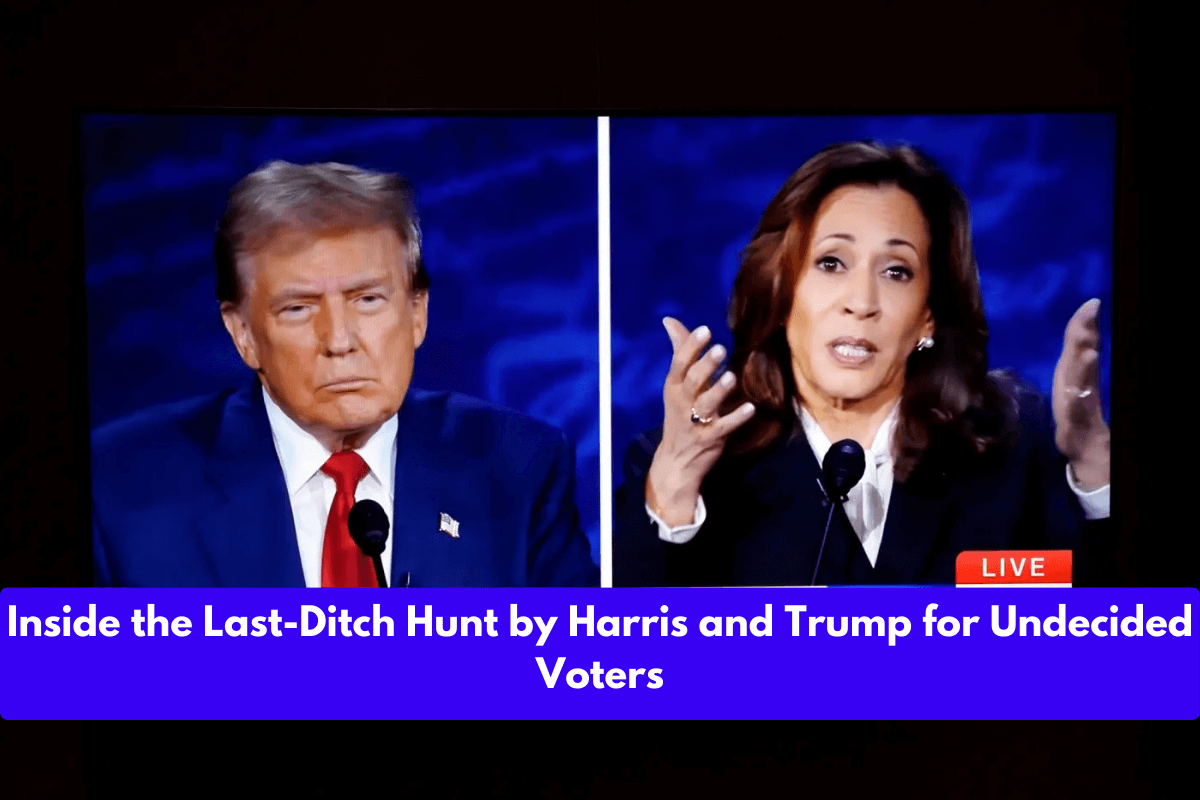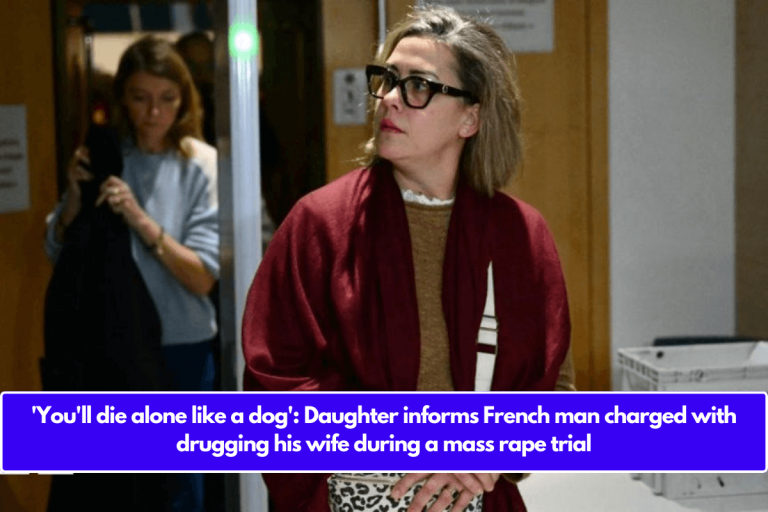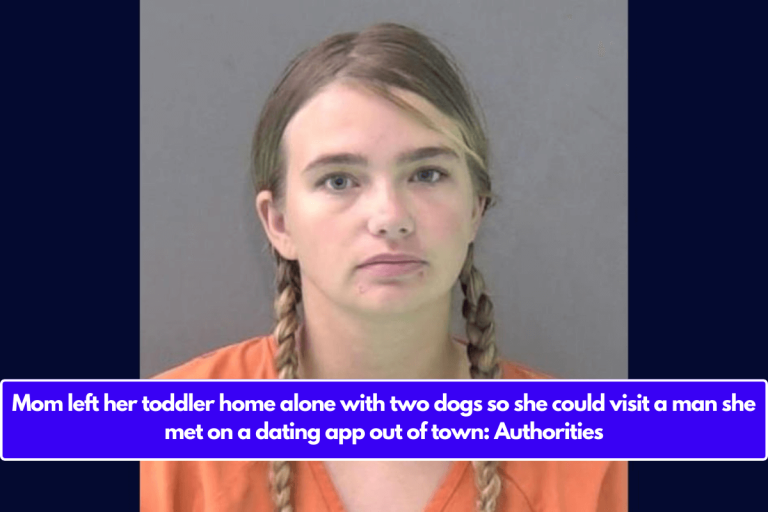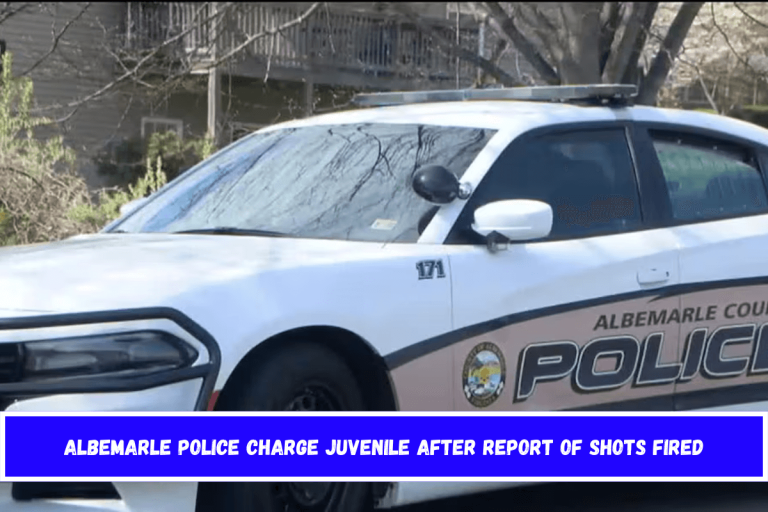After months of investigation, Vice President Kamala Harris and former President Donald J. Trump are searching house-to-house for the last few voters.
Analysts at Ms. Harris’s Delaware headquarters spent 18 months compiling a list of battleground state voters’ favorite TV shows and podcasts. Her team has given each voter in these states a “contractability score” from 0 to 100 to determine how hard they are to reach and who should deliver her closing message.
Ms. Harris’s media and travel schedule and brand-name supporters’ campaign stops are based on the outcomes. Julia Roberts and Magic Johnson, for example, are used to swing states because voters liked them.
The Trump campaign’s South Florida headquarters updated its battleground electorate model and discovered that 5% of voters were undecided, half as many as in August.
The Trump team calls them “target persuadable”—younger, more racially diverse, low-income streaming and social media users. Mr. Trump has appeared on those channels, including youth podcasts.
This desperate search for a volatile fraction of the country has intensified since the presidential contest is as close as any since modern polling, with the two candidates practically tied in battleground states.
The election could depend on indecisive Americans who have almost completely ignored political news, making them hard to find for billion-dollar campaigns.
“These people are not super political,” said Trump campaign political director James Blair, “and so we’re doing non-super-political media.”
Senior Harris and Trump aides revealed who they still consider for hire in interviews. Both see a younger, disproportionately Black and Latino voter base. Harris believes it can win over white college-educated voters, particularly women, who have traditionally backed Republican but dislike Mr. Trump.
Only 3.7 percent of battleground state voters, or 1.2 million individuals, remained uncertain, according to The New York Times and Siena College polling.
The Times research matched the campaigns’ focus on younger, minority, and non-college voters. About 21% of undecideds are black, which explains Ms. Harris’s particular pitch for them.
Many indecisive Americans wonder if voting is worthwhile.
Kyler Irvins, 22, a Phoenix-area telemedicine specialist from San Tan Valley, Ariz., said he registered solely at his mother’s persuasion and has never voted.
He did not watch the debates, does not follow news, and does not think his vote matters. However, he remembers his delight in watching Barack Obama win the 2008 election as a Black primary school student.
However, campaigns and their allies are spending hundreds of millions of dollars in these closing weeks to get Mr. Irvins to vote and select their side.
“If the mail-in ballot comes, I’ll send it for Kamala,” Mr. Irvins remarked. “If it reaches my door.”
A surgical strategy for Harris
The Harris campaign estimates that up to 10% of battleground state voters are winnable swing voters, slightly more than the Trump campaign or the Times polling.
That’s because the campaign believes many Republican women oppose Mr. Trump, especially on abortion policy, but want to hear Ms. Harris’s message on the economy and border before getting convinced.
Campaign speeches by the vice president reflect this strategic thinking.
In Wisconsin on Thursday, she directly addressed Republicans, particularly those turned off by Mr. Trump. On Monday, Ms. Harris will campaign alongside conservative former Wyoming congresswoman Liz Cheney in three states. Harris appeared in Pennsylvania alongside scores of Republicans last week.
“I’m campaigning for every vote because I want and intend to be a president for all Americans,” she declared. “No matter their political party, where they live or news source.”
Ms. Harris’s Fox News interview occurred during her most aggressive media tour as Democratic contender, when early voting began in numerous states.
She was interviewed on “60 Minutes,” “The View,” Stephen Colbert’s late-night show, the “Call Her Daddy” podcast, and Howard Stern’s radio show in one week. It was a broad media blitz to reach people across her 0 to 100 “contractability” scale, prompted by Mr. Trump’s refusal to debate again.
Harris’ campaign meticulously counted program viewers. Two-thirds of battleground state undecided voters had watched her interviews during the week, according to internal surveys. However, no program reached more than one in three uncertain voters, highlighting the fragmented media environment and the issue.
“They are very hard to reach — they are not watching traditional news platforms or other programming with large, mainstream audiences,” said Harris campaign chief analytics officer Meg Schwenzfeier. To reach them, we must use TV, nontraditional channels, door-knocking, billboards, digital marketing, mail, and everything else.
Data led the campaign to advertise on Fox News’s midday programming, when more women watch than in the evening, when opinion hosts draw a male, less persuadable audience. It influenced Ms. Harris’ Fox News interview.
The Harris team used polling to determine which moments swayed voters.
On “The View” and with Mr. Stern, Ms. Harris outlined a plan to expand Medicare coverage for elder at-home care.
A campaign official said the suggestion was the most effective of more than 100 clips during her marketing blitz at gaining her popularity.
Trump’s targeted voters
Up-for-grabs voters were six times more likely than other battleground-state voters to be moved by Israel’s Gaza conflict, according to Trump campaign research.
The campaign also found that undecided voters were more likely to be Black and less likely to be white than battleground voters. The Trump campaign claims 25% of undecided voters are Black.
“The fact that they don’t have younger Black men locked in with less than three weeks to Election Day is a big problem for them,” Mr. Blair, the Trump campaign’s political director, said of Harris and Democrats. “Historically, that was their base.”
The Trump campaign found that undecided voters are concerned about the economy and sometimes hurting financially. Most of them work two jobs and earn $15,000 less per household than battleground voters who have decided.
The Trump campaign has spent months studying what problems motivate nonideological undecided voters, 25% of whom define themselves as such.
By late July, Trump backers were most anxious about immigration and inflation, especially grocery and home prices. Two of Ms. Harris’s early economic proposals directly addressed grocery and housing price-gouging.
Mr. Trump’s team usually exudes arrogance, and they think voters who decided in the last two months favored him.
Trump turned 1.5 million persuadable people into supporters with its revised model. Just 924,000 went to Ms. Harris.
Where is there still room to grow?
Jim Messina, campaign manager for Mr. Obama’s 2012 re-election run and head of a Democratic super PAC, said the remaining undecided voters were divided into two groups: young people and people of color and suburban women.
“She leads the suburbs, and I think she has room to grow and he doesn’t, because these are the voters,” Mr. Messina said.
Harris friends believe they can sway Brookhaven, Pa. real estate agent Angela Beers, 44, who said she would not vote for Trump but opposed Ms. Harris.
Ms. Beers supported Robert F. Kennedy Jr. as an independent and considered writing him in as a protest.
Ms. Beers said she knew about Ms. Harris’s first-time home buyer initiatives but feared they would raise house prices and inflation.
“This whole concept of, ‘give everybody money, let’s help people with down payments, let’s get the interest rates lower’—all it does is raise prices,” Ms. Beers said. “I don’t see either candidate discussing supply.”
In the next two weeks, Ms. Harris must win over voters like Ms. Beers to win battleground states.
Read More:-
“The long and short of it is, every community out there is wanting more information,” said Harris ally Senator Laphonza Butler of California. “There are pockets in every community that want more information and want to know how the campaign and election will affect them.”
Note: Thank you for visiting our website! We strive to keep you informed with the latest updates based on expected timelines, although please note that we are not affiliated with any official bodies. Our team is committed to ensuring accuracy and transparency in our reporting, verifying all information before publication. We aim to bring you reliable news, and if you have any questions or concerns about our content, feel free to reach out to us via email. We appreciate your trust and support!
Source
ChiefsFocus is a dedicated news writer with extensive experience in covering news across the United States. With a passion for storytelling and a commitment to journalistic integrity, ChiefsFocus delivers accurate and engaging content that informs and resonates with readers, keeping them updated on the latest developments nationwide.
